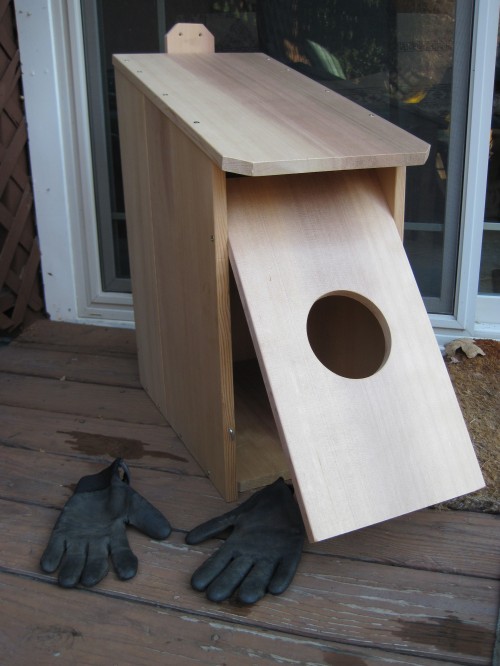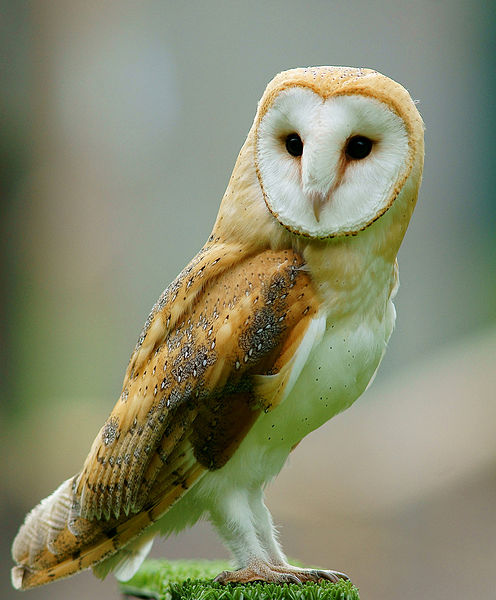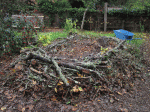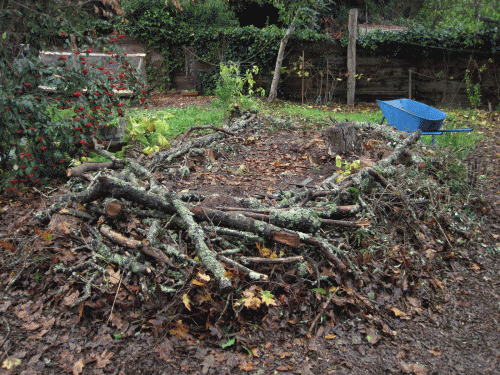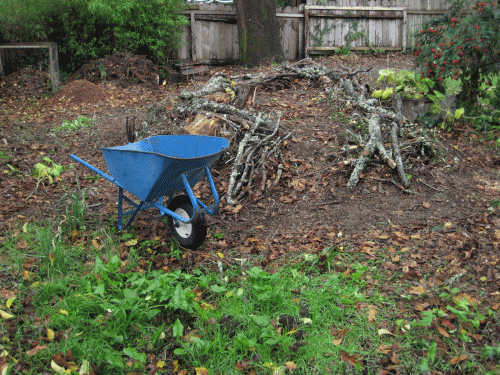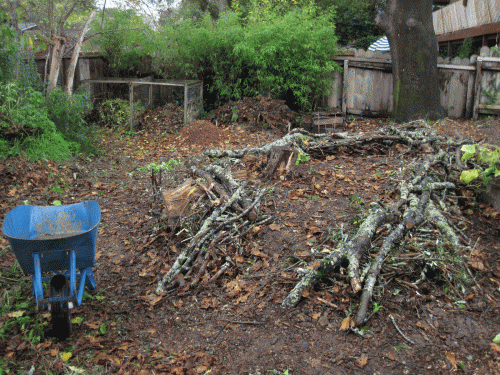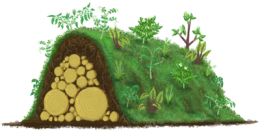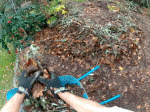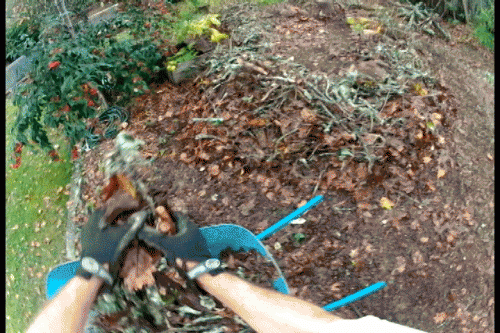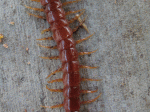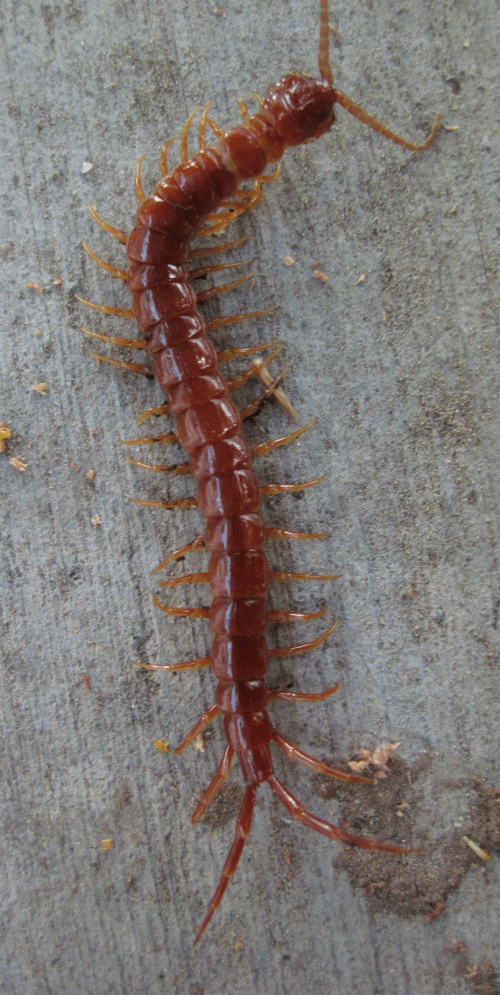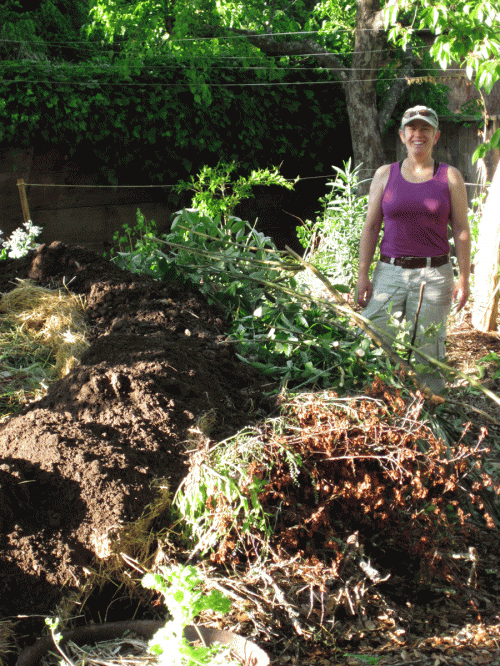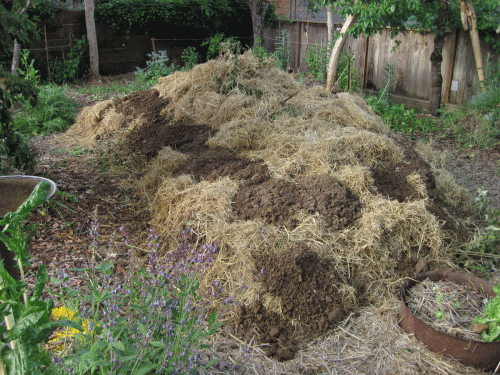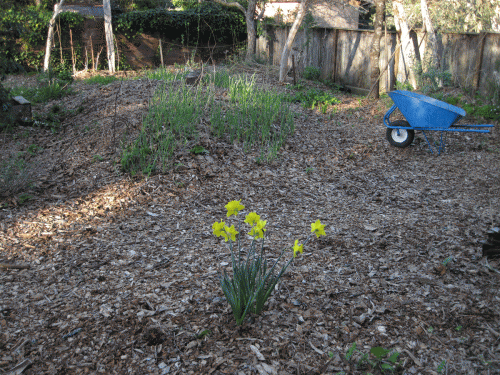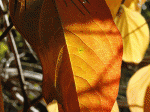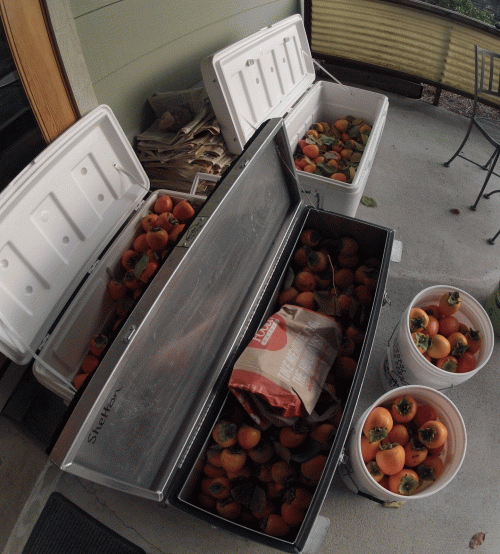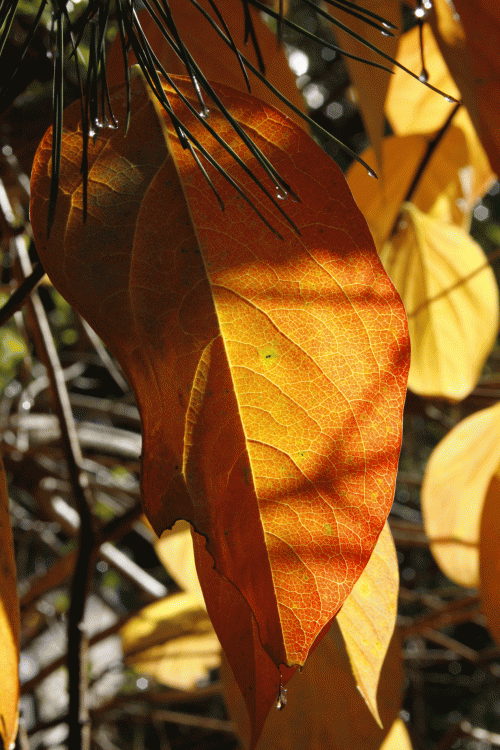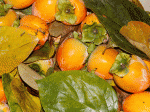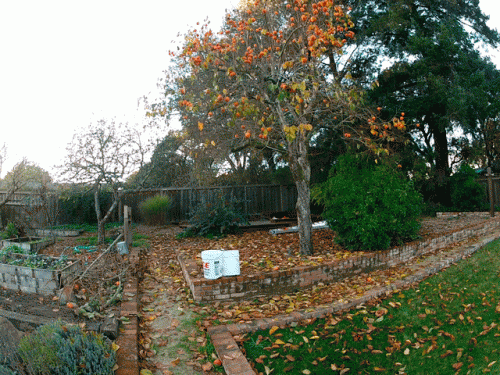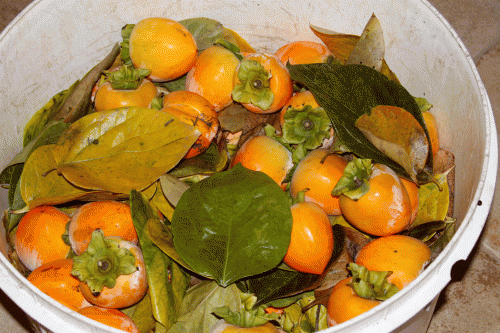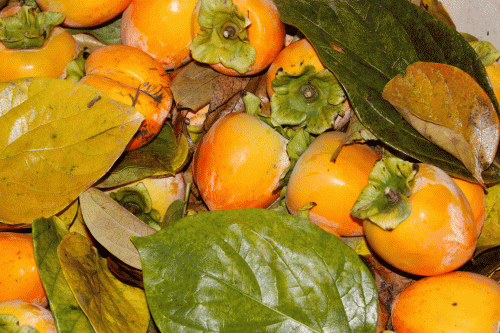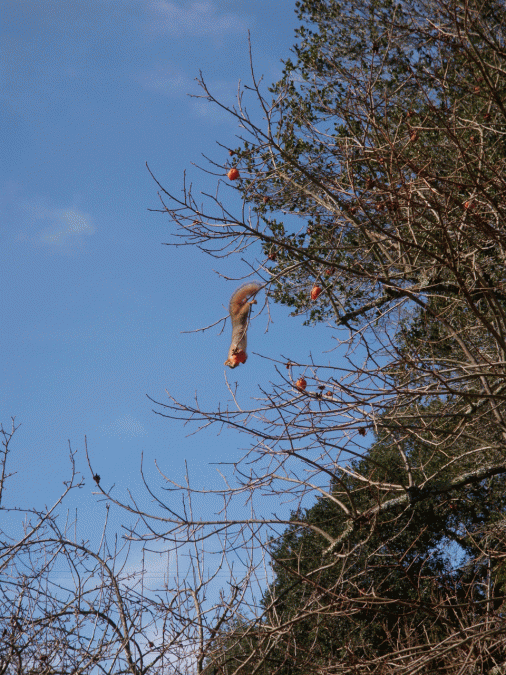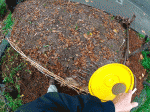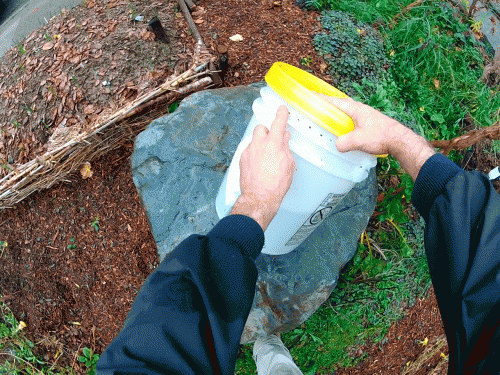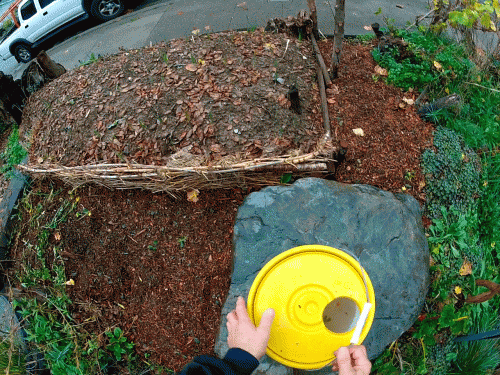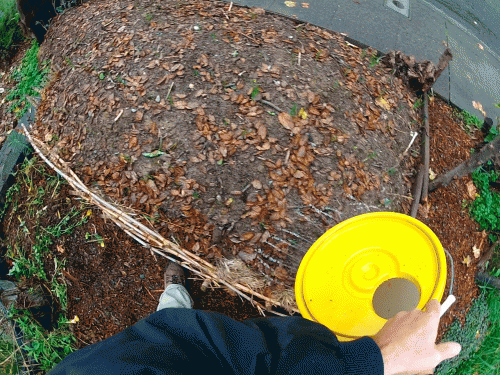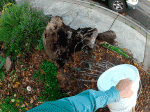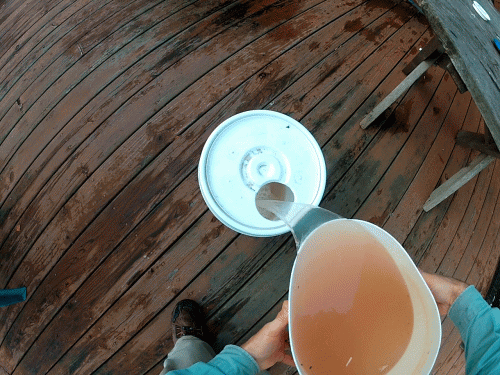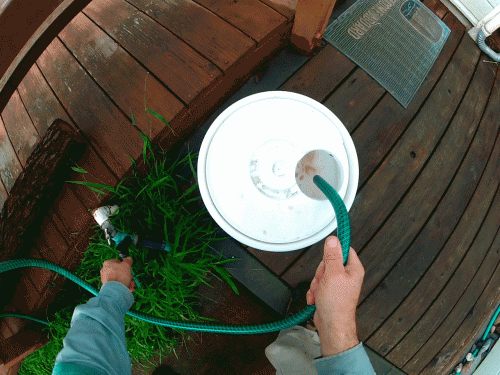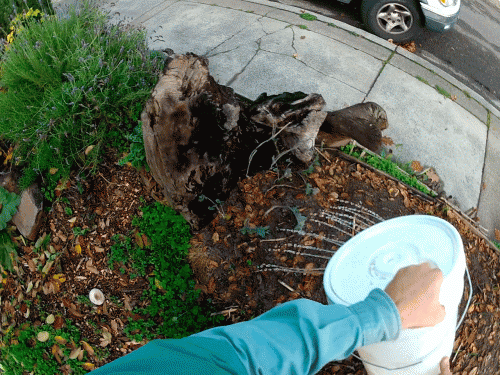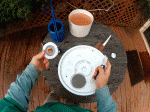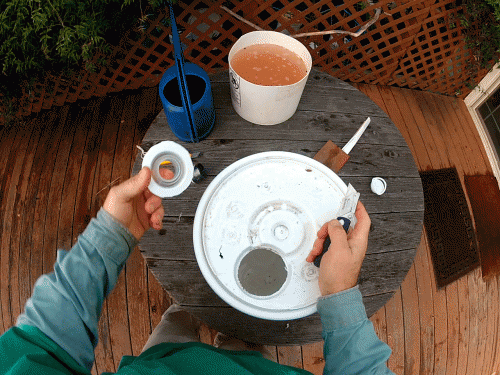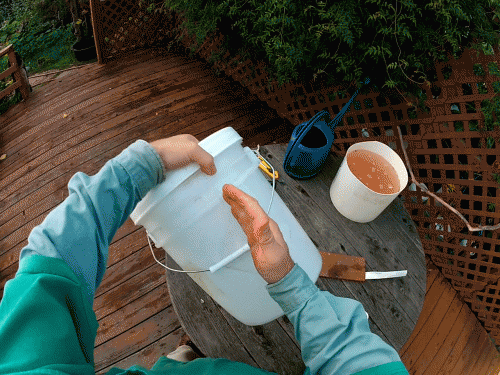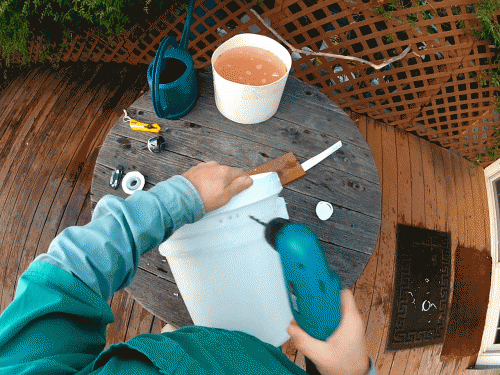
Today’s video shows Tony McGuigan, author of Habitat It and They Will Come, laying the prep work to installing a barn owl box on a pole along his driveway. Today’s footage shows the plans, the box, and the planned location of the pole. Part 1 of 6 videos.
Barn Owl Neighborly Box 1 of 6 (video):
From Tony’s project last year, Barn Owl Skypad (pic):
From the web (pic):
Go to Designing & Building Barn Owl Nest Boxes for some great info on creating a successful barn owl box AND habitat. From the .pdf “Build A Barn Owl Box” on that site:
Simmons’ Barn Owl box has many advantages. It provides optimized protection from predators such as Great Horned Owls and raccoons. This is achieved by use of an ellipse-based entrance hole of unique shape and size and by an interior divider that separates the box into two compartments. The divider, visible via a transparent front in the drawing provides a safe living area away from the entrance. Should a predator gain access to the entrance hole, it is unlikely that it will fit completely through the hole, and the divider further prevents the predator from reaching around the divider to access the occupants.
Happy barn owl habitat making. See you tomorrow.
Tony

